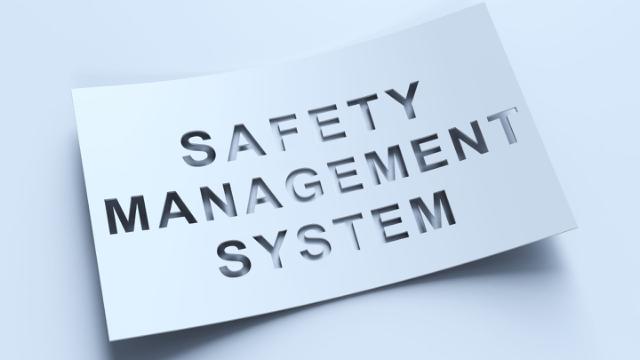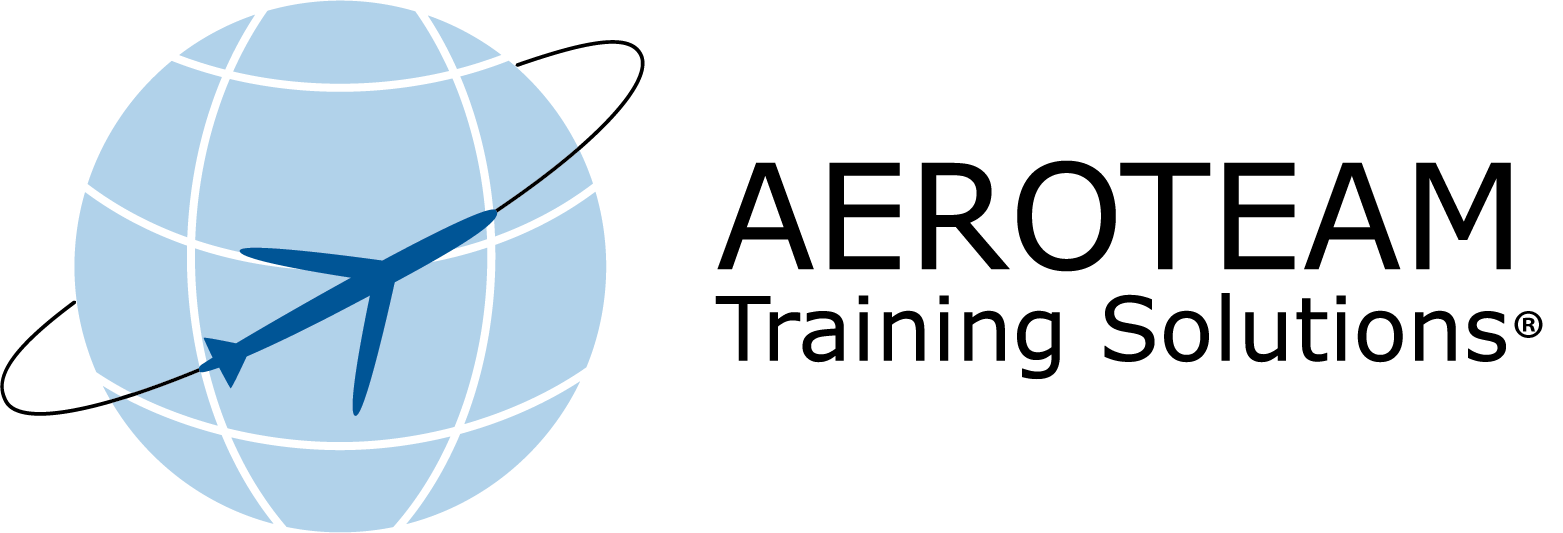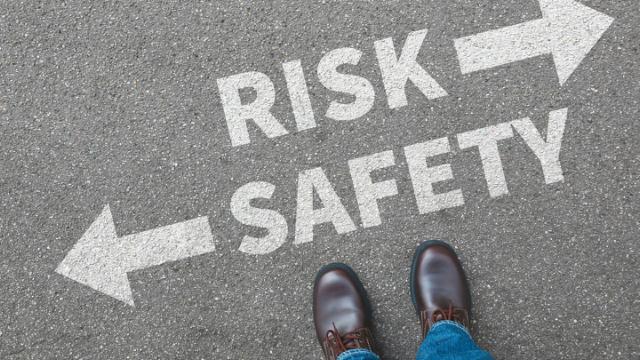
Employee Inputs Are Crucial to a Functioning SMS
How does your organisation identify, assess, and mitigate safety risks? Our guess is that you encourage your employees to report any safety-related issues or hazards. If that is the case, you have grasped the concept of SMS. If not, you might want to read further along…
What is a Safety Management System? Aside from being a mandatory EASA requirement for AOC-holders, CAMO, Part-145, and Part-21 organisations, SMS constitutes an integral part of our industry’s commitment to ensuring a safe and efficient work environment.
This article explores the crucial role that employees play in enforcing and maintaining a functioning SMS.
A Just Culture
When implementing a Safety Management System, it is vital to create and maintain a positive safety culture which every employee embraces and adheres to. Otherwise, you might find it difficult to convince them of the importance of reporting risks, hazards, and near misses which may threaten the safety of your organisation.
“It is crucial to the success of SMS to incorporate employee inputs. Employees possess valuable insights, hands-on experiences, and perspectives which make them an invaluable resource when it comes to identifying and reporting risks and hazards,” says Flemming Skourup, Safety Manager at The SA Group.
But employees will only feel compelled to take part in SMS if your organisation is characterised by a just culture. A culture in which employee inputs are appreciated and valued, not reprimanded and ridiculed.
“By fostering a culture that facilitates employee involvement, organisations can ultimately create a safer and more efficient operation and performance,” he adds.
Read more: How to Promote a Just Safety Culture
Why Employee Inputs Matter
There are several reasons why your organisation simply cannot ‘do without’ employee inputs:

If you have yet to be convinced why employee inputs are crucial to a functioning SMS, let us do a short recap:
By incorporating employee inputs into your Safety Management System, you can capitalise on the invaluable knowledge of your employees to improve safety and reporting procedures. And remember, when employees feel valued and empowered to contribute with their own perspectives and experiences, they will become more invested in maintaining a safe work environment.






